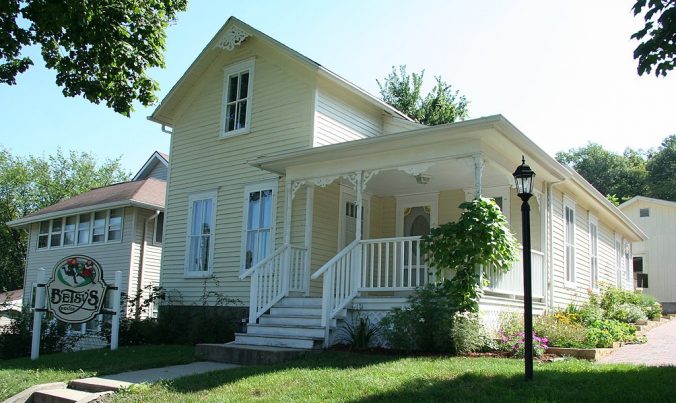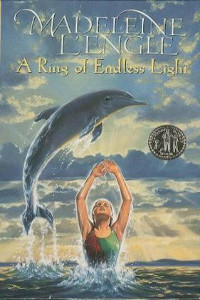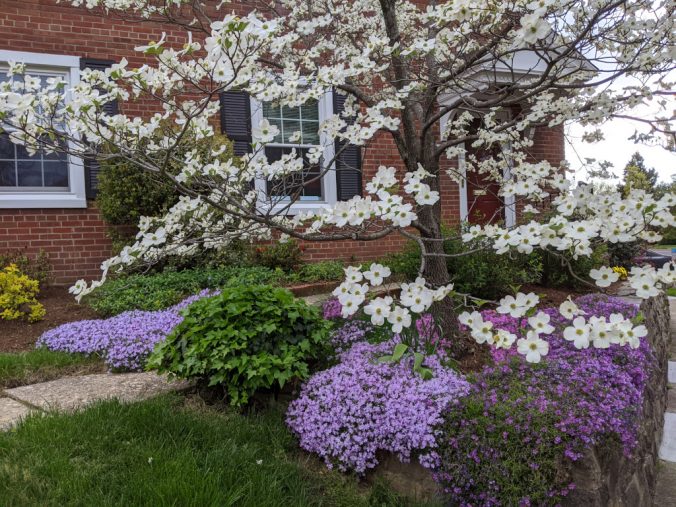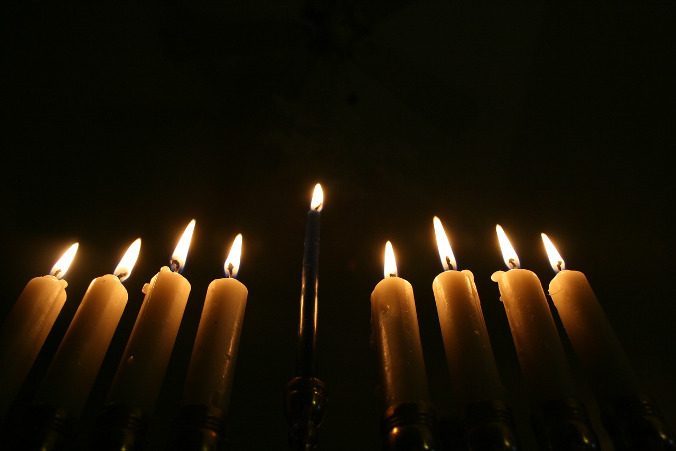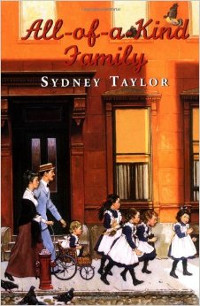I read Betsy-Tacy by Maud Hart Lovelace several years ago with my book group and decided it was time to finish the series. Betsy-Tacy and Tib is my favorite of the four children’s books. Several of the antics made me laugh out loud—especially the chapter “Being Good.”
It begins with these words:
It was strange that Betsy and Tacy and Tib ever did things which grown-ups thought were naughty, for they tried so hard to be good. They were very religious. Betsy was a Baptist, and Tacy was a Catholic, and Tib was an Episcopalian.
They loved to sit on Tacy’s back fence and talk about God.
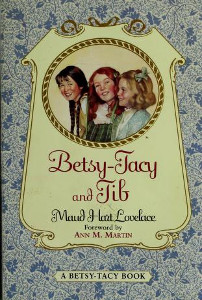
In this particular conversation, they decide that they won’t get to Heaven if all they do is think about fun. Tacy observes that “the saints didn’t have much fun” and that “they used to wear hair shirts” to “make themselves gooder. And if they did anything bad they put pebbles in their shoes.”
This gives Betsy a profound idea. The girls will establish “The Christian Kindness Club” to help them be good so that they will get to Heaven. She explains, “We’ll never get to be good if we don’t punish ourselves for being bad. A child could see that.”
Continue reading
